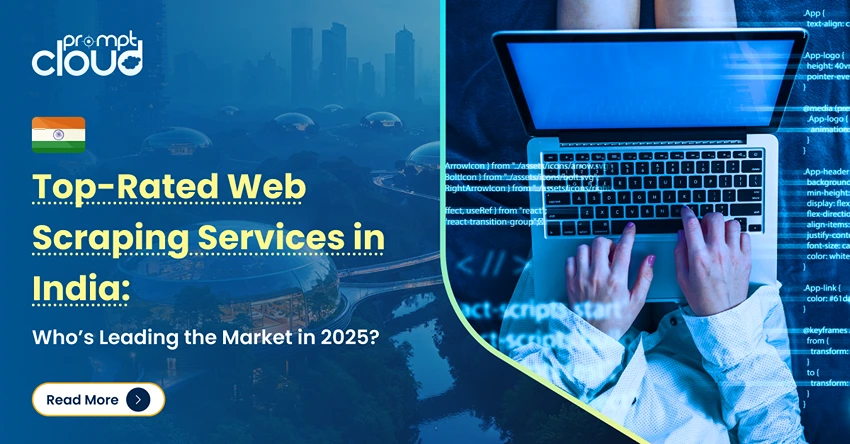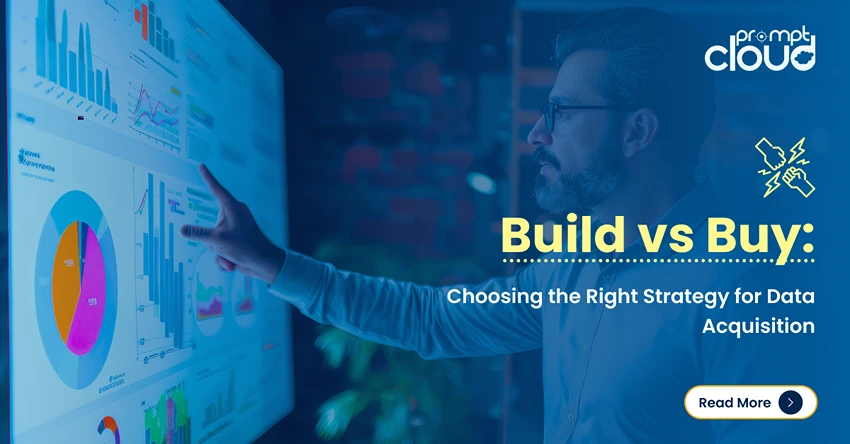
Microsoft recently acquired LinkedIn for a whopping 26.2 billion dollars. This might be the company’s largest purchase ever after the acquisition of Nokia’s smartphone division in 2014 for $9.4 billion. While the deal might sound ridiculously expensive, it is not without solid and tempting reasons. We believe LinkedIn being a goldmine of data related to professionals and companies could be the key reason behind this big move by Microsoft. It is clear that big data is becoming the most sought after thing by companies for business intelligence and market analysis. LinkedIn users are more likely to be prospective customers for Microsoft’s products and services, which makes knowing more about them critical for the company’s growth.
This is also an indicator of the changing times. A decade ago, bigger companies acquired smaller ones for their engineering infrastructure, hardware and R&D divisions. A few years ago, it was for the users and content. Now, it’s for nothing but the data. Companies have realized the importance of big data and the future potential it has in the business world.
LinkedIn knows who people went to school with, their skills, interests, ambitions and the groups they belong to. Microsoft never had access to such levels of information about people apart from the email conversations via Outlook. With the addition of this huge people data layer, Microsoft would be able to better tailor their products and services to target them. With the recent trend of failed acquisitions, this could be Microsoft’s chance to make it right.
Data is Growing in Size and Value
Data is becoming one of the most valuable things a business can get its hands on. With the rise of social media and user generated content, the web is slowly turning into a repository of data that has immense value for the businesses. It is no wonder that the tech giant Microsoft wants to keep their position up in the industry using this power of data. While many companies are spending considerable amounts of money on data acquisition using web scraping services, it makes sense to buy the very source of this data.
What Microsoft can do with LinkedIn
For one thing, with 430 million users worldwide who are professionals, Microsoft could use LinkedIn to promote its enterprise products. This could also enable them to embed LinkedIn with Skype and their own email client to transform themselves into the connective tissue of business world. This, in fact, is only the tip of the iceberg. The massive amounts of data that LinkedIn has in stock has many more business applications.
The big data LinkedIn has about companies and professionals could give Microsoft insights and competitive advantage now that they’re going with the software as a service route with Windows 10. This could help Microsoft get an edge in the competition where Google’s range of apps for enterprises is leading right now.
Moreover, the recruitment technology of LinkedIn could very well be another reason for Microsoft to make this big move. LinkedIn also brings to the table some additional perks like its training tool called Lynda and the slide hosting platform – SlideShare. These newest additions to its list of offerings will mean Microsoft can cater to a wider spectrum of user requirements, which will also mean better integration of services. LinkedIn being a social network, Microsoft can integrate many of the tools they have acquired in the past to make it even more powerful.
What this means for LinkedIn
We believe LinkedIn as a social network can benefit a lot from this deal. LinkedIn does have its flaws and serious user experience problems that we’ve grown to be accustomed to. The news feed on LinkedIn is a complete disaster with its poor content algorithm. This makes low value content rise above the good ones, which defeats the sole purpose of a social network. The deal would hopefully be a start for changes that would eliminate these issues that have been the cause of user frustration for a long time now. Plus, integration with Microsoft products like Skype, Outlook and Microsoft Dynamics CRM will be beneficial for users who are into relationship building and sales.
The Future of Work Tools
With the acquisition of LinkedIn, Microsoft is now one step closer to winning the battle for the future of work. The other players in the battle are Google and Amazon with their web-based services for enterprises. It is estimated that SaaS is going to drive most of the revenue among cloud services in the near future. Software as a service is something that Microsoft has been always good at. LinkedIn acquisition will only enhance this strong area of Microsoft even further.
Bottom Line
The LinkedIn acquisition was indeed a smart move by Microsoft, considering the value of data that LinkedIn has in stock. Although the decision seems to have more to do with big data needs from the company’s perspective, users can expect more value from the integration of different services from both the companies.
Stay tuned for our next article to learn how to find reliable sources for Web Scraping.
Planning to acquire data from the web? We’re here to help. Let us know about your requirements.




















